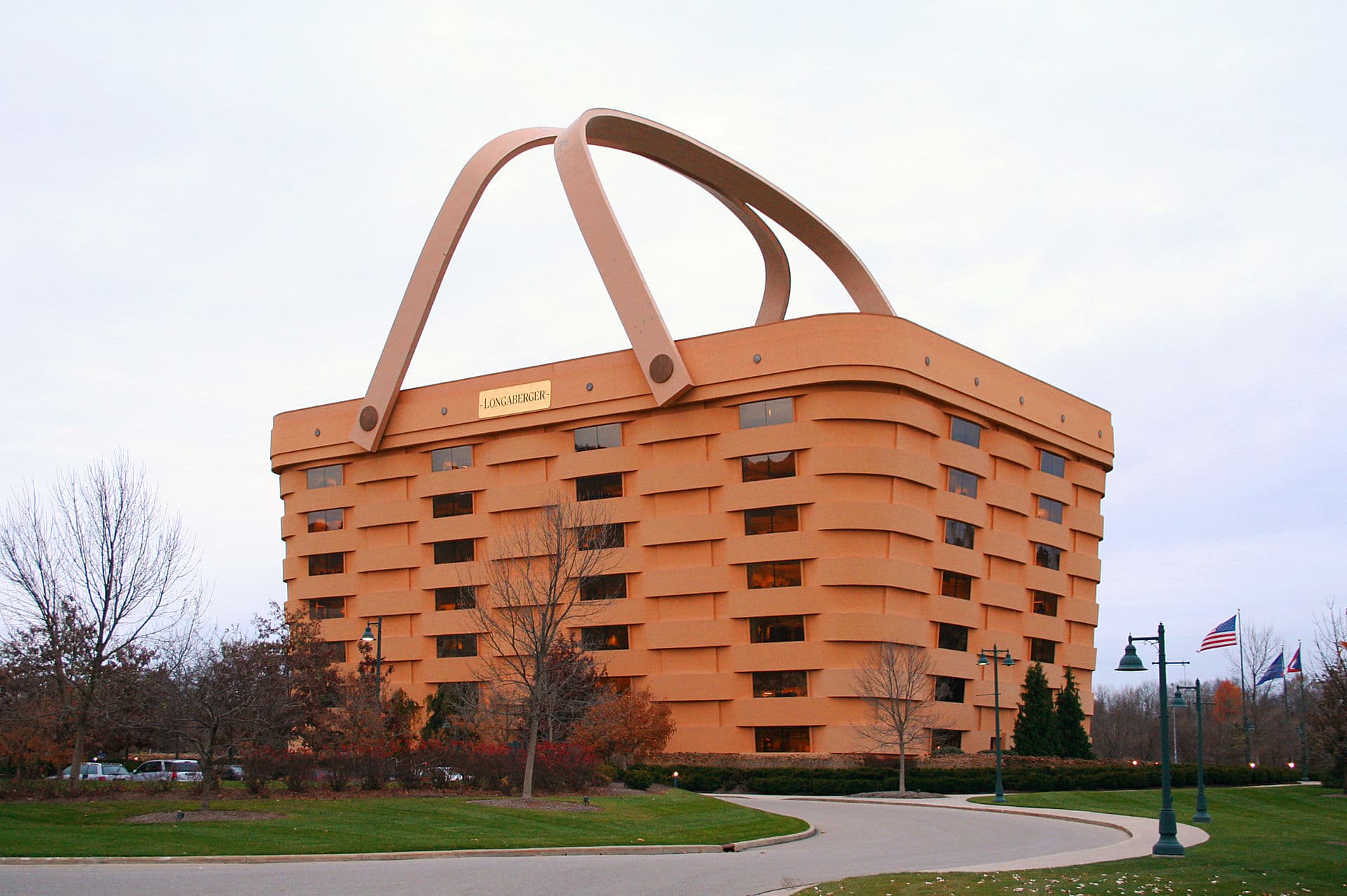As with so many things, the idea of the employer brand was with us for a long time before anybody saw fit to give it a label. In the past, the concept has been most obvious in the military, where a strong sense of identity, loyalty and culture must become ingrained in troops for them to function effectively. Up until fairly recently that same mindset was not always apparent or even necessary for a workforce that didn’t have the business’s main assets locked up in its own brain-cells.
The importance of the employer brand in its contemporary the new knowledge economy was highlighted by a McKinsey report called The War for Talent and awareness of the whole idea has been growing ever since. It is increasingly difficult to pick up a HR journal without seeing the subject discussed. The idea has its own literature, notably in a book called The Employer Brand by Simon Barrow and Richard Mosley, which highlights the different aspects of the employer brand mix which includes brand values, reward and recognition, recruitment and retention and external reputation.
One of the most important effects of employer branding has been the way in which it has drawn a number of professions together. Most obvious has been the closer bonds between HR and marketing which has seen the core values of brand extend beyond being almost solely about the message sent to customers and become also about the message sent to employees and other stakeholders. Hence the increased focus on internal communications over recent years.
But there are other professions that have a role to play in this, notably those directly involved with the most obvious manifestation of corporate identity and togetherness, the workplace. That is why it is now common to see multi-functional teams of people come together to address the ways in which buildings meet the demands of corporate identity and serve the organisation’s wider business interests, especially with the recruitment and retention of staff, not to mention winning over their hearts and minds so the workforce can become an effective marketing tool in its own right.
That the workplace is now an important part of the marketing mix is now beyond dispute. Of course, firms have always branded themselves through the buildings they occupy. In the past this has often been done on a monolithic scale, relying on literal manifestations of the brand, the overuse of corporate colours, logos in the carpet.
Now there’s nothing inherently wrong in all of that and suppliers have done well to develop the materials and manufacturing techniques to allow firms to do it. But it’s not necessarily the right solution and the literal can be very literal indeed. At EasyJet’s offices at Luton Airport, pretty much everything is vivid tangerine, from the walls to the clothes people wear. At the Longaberger Basket Company in Newark USA, the entire office building was shaped like a basket – seven floors high. Although the building has now been sold to developers, it became the symbol of what happens when corporate identity goes too far in building design.
These are over the top examples but they make a valid point and they highlight how it is now increasingly likely that firms will take a more holistic view of the design of the workplace to reflect their brand values as much as their identity. There is no need for the offices to be painted bright orange, because colour has a potentially more important role to play in establishing mood and in defining space. For most organisations, the challenge is to help them live the brand so the design of the branded workplace must focus on the cultural, the graphical. And it must provide an emotional kick for the organisation and it employees as well as an intellectual one.
